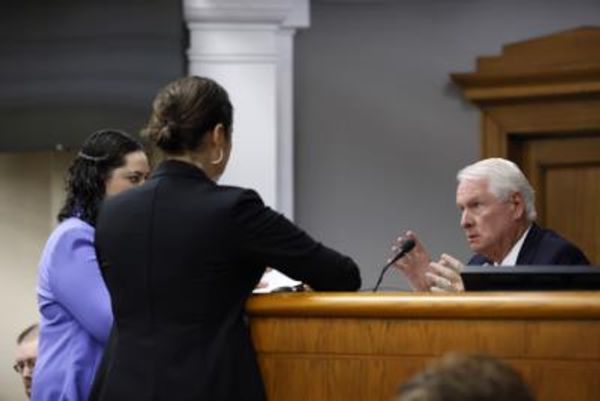
A ballot initiative seeking to reform California's crime referendum, Proposition 47, is set to be on the ballot in November after receiving an overwhelming number of signatures. The 2014 law, Prop 47, reclassified certain felonies as misdemeanors, including retail and property theft, as well as drug possession offenses.
Under Prop 47, petty theft of goods valued under $950 and certain drug possession offenses were downgraded to misdemeanors. However, a new initiative, the Homelessness, Drug Addiction, and Theft Reduction Act, gathered over 900,000 signatures, surpassing the required 500,000, to put the measure to an official vote.
Sacramento County District Attorney Thien Ho, a supporter of the initiative, highlighted the broad support it received from various segments of society, including small and big businesses, as well as individuals from different backgrounds.
The initiative aims to address the unintended consequences of Prop 47, such as a rise in fentanyl-related deaths, a surge in retail theft, and a growing homeless crisis. If passed, the reform would reclassify repeated theft as a felony for individuals with prior theft-related convictions and impose stricter penalties on drug traffickers.
Notable endorsements for the reform campaign came from Democratic mayors of San Francisco and San Jose, who acknowledged the need to address the shortcomings of Prop 47. The proposed changes would allow judges to impose enhanced penalties for organized theft and create a new category of 'treatment-mandated felony' for multiple hard drug possession convictions.
Business owners, like Tony Konja from San Diego, expressed hope that the reform would bring about positive changes to combat crime affecting their businesses. Konja emphasized the urgency of the situation, citing a noticeable increase in theft incidents and a lack of effective law enforcement response.
The success of the ballot initiative reflects a growing consensus among Californians that reforms to Prop 47 are necessary to ensure public safety and address the challenges posed by the current law.







